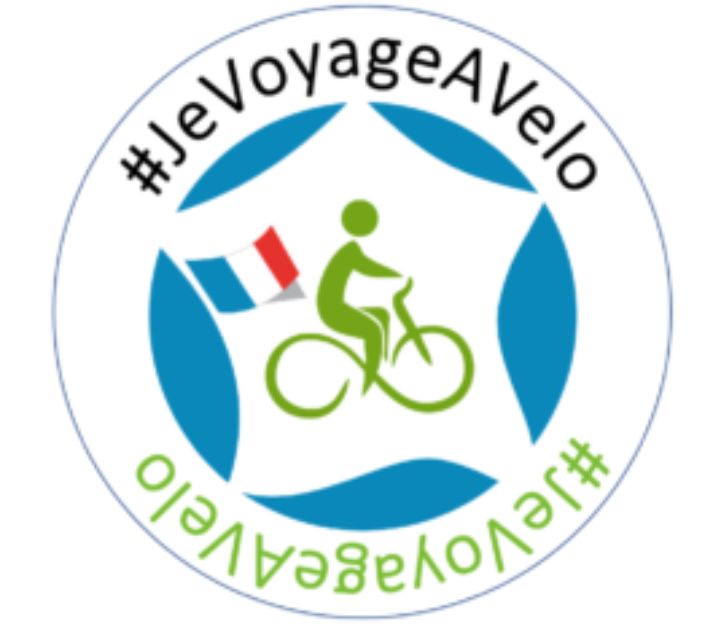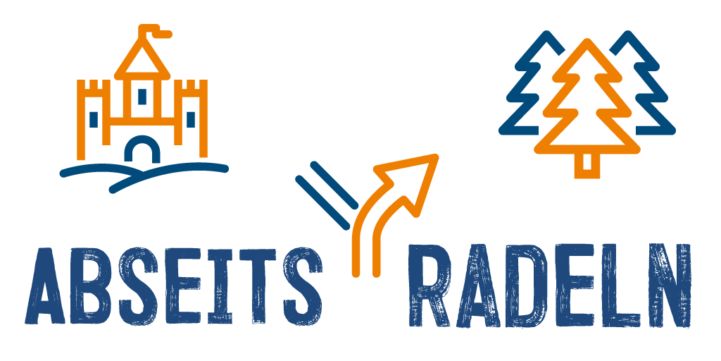A chance for cycling tourism and leisure cycling to shine
One of the sectors hit the hardest is tourism. Europe is the world’s leading tourism destination and tourism contributes close to 10% to EU GDP with 563 million international arrivals and 30% of global receipts in 2018. Efforts are now underway both in Brussels and in national capitals to support the tourism sector and to try and save the summer season as much as possible.
It is nevertheless clear that this summer is going to be like no other. Long established transport connections that the tourism sector has relied on have been disrupted (if not ended); many restrictions to international movement remain in place; and, without a vaccine, some forms of social distancing are likely to be needed for the foreseeable future.
It is still difficult to predict what kind of tourism sector will emerge out of the other side of the COVID19 crisis. What is clear is that these unparalleled circumstances do present an opportunity for the sector to reset some of its practices and to focus on a new, sustainable future for the industry. As the EU Tourism Manifesto Alliance, the voice of the European travel and tourism sector (of which ECF is a founding member), noted in its recent statement to the European Commission:
- “This crisis creates a downturn, but also an opportunity for change, for a new beginning in tourism across Europe. We shall use this opportunity to create a more resilient and sustainable destination Europe in the future, which is better for our communities and our visitors and all those providing tourism and travel services.”

The ECF is arguing that this could be a game changing moment for cycling tourism and leisure cycling. Many of the benefits that we have been communicating for years have taken on an even greater importance in the new world that we find ourselves in. To name a few examples: cycling tourism can help distribute tourism flows away from overcrowded destinations; allow people taking a staycation to make new discoveries about their own area; and diversify local economies that have been hit hard over recent months. This is without mentioning the environmental benefits of cycling tourism and leisure cycling, particularly if the trips can be combined with public transport, which can contribute to the European Commission’s ambitious Green Deal.
While there is much talk in recent weeks about the impressive measures being taken by cities to address the crisis by investing in urban cycle lanes, which is of course welcomed, there has been less emphasis on the role cycling can play in terms of tourism and recreation in the future. Of course, the infrastructure being installed at record time in urban areas can also play a role here but there are other measures that could be supported. To this end, we have collected below some of the campaigns and initiatives that our National EuroVelo Coordination Centres and Coordinators and other partners are running at the moment.

In France, cycling tourism stakeholders (21 itineraries, 7 destinations and several travel agencies) are coming together to put an emphasis on cycling tourism this summer, through a joint promotional campaign around the hashtag #JeVoyageAVelo. The campaign makes a special effort to try and cater for travellers who may be planning a cycling tourism holiday for the first time: an interactice map allows to look for the best itinerary according to the abilities and the chosen destination, and a Facebook discussion group has been created to help everyone get the answers to their questions. More information about this campaign and the 15,000 km of cycling roads in France are available on the website of Vélo & Territoires, the National EuroVelo Coordination Centre for France.
In Belgium, a not-for-profit initiative set up by a group of citizens launched the platform "Welcome to My Garden". Assuming a lot of travelling will take place inside the country's borders in the summer of 2020, this platform allows citizens to put their garden freely at disposal as a rudimentary campsite to travelers. Available campsites are shown on an interactive map that also displays cycling paths. As soon as leisure travel is authorised in Belgium again, the platform will provide the contact details of the campsites' owners. This initiative is great for encouraging cycling tourism in the summer!
The German National Cyclists' Association (ADFC), the National EuroVelo Coordinator for Germany, have developed a campaign setting out recommendations and arguments for decision-makers on the benefits of investing in cycle tourism, aiming to strengthen cycle tourism in Germany during these challenging times. The campaign includes a hashtag (#Abseitsradeln) and other supporting materials for the promotion of cycle routes “off the beaten track” and includes some consumer guidelines for people thinking of taking bicycle holidays.

To the north, Danish Cycle Tourism, the National EuroVelo Coordination Centre in Denmark, has joined forces Danish Cyclists’ Federation and the Rural Joint Council (an NGO representing rural areas in Denmark) to call for an emergency pool of DKK 100 million (approximately EUR 13.4 million) to promote cycling tourism and cycling in rural areas. The fund will ensure that the country’s cycle routes are geared up this year to accommodate Danish summer guests and thereby support growth and jobs in these areas.
- 1. Upgrading the national routes: improve bad surfaces (e.g. potholes) and installing cycling infrastructure, signs, etc.;
- 2. Upgrading small roads used by cyclists: 2-1 roads, cycle lanes, establishing “recreational roads” and cycle streets;
- 3. Mapping of cycle friendly roads for a new junction network
- 4. Helping small businesses become more cycle friendly: bike parking, tour suggestions, marketing etc.
- Develop suburban and rural cycle route networks: In addition to the infrastructure networks located in urban areas mentioned above, cycle routes should also be developed in suburban and rural areas to encourage leisure cycling and cycling tourism. This infrastructure can often also be used by local communities for everyday mobility too. Depending on the location, significant infrastructure investments may not be required, so such measures (e.g. signing) can be introduced relatively cheaply and quickly.
- Support for cycling tourism sector: The tourism sector has been one of the worst affected by the Coronacrisis. Cycle tourism is a growing part of the sector contributing an estimated 44 bn EUR to the EU economy every year and is linked to ca. 525 000 jobs. We should not forget the economic impact has hit the cycling tourism sector too and that many companies working in this field are SMEs. Such businesses should therefore benefit from the economic assistance packages that are being introduced in most Member States and also from the liquidity support, fiscal relief and easing of state aid rules introduced by the EU (where relevant). The Coronacrisis also represents an opportunity to reset the tourism sector by focusing investments in sustainable tourism models, such as cycling tourism, and introducing green conditions on financial support (e.g. state aid).
- Promotion campaigns: With millions of Europeans unable to take their summer vacations abroad, many will be considering options closer to home for the first time in many years. Cycling tourism provides an attractive option in these current times – healthy, environmentally-friendly, dispersing tourism flows – and should be promoted to domestic audiences. Measures to be considered include physical (e.g. posters) and online (e.g. adverts on social media) promotions, as well as accompanying updated communication tools (e.g. maps, guides, websites, apps etc.)
If you are aware of measures designed to support cycling tourism and leisure cycling at this time or are running your own campaign, we would be delighted to hear from you. Please contact [email protected].
Author(s): Ed Lancaster